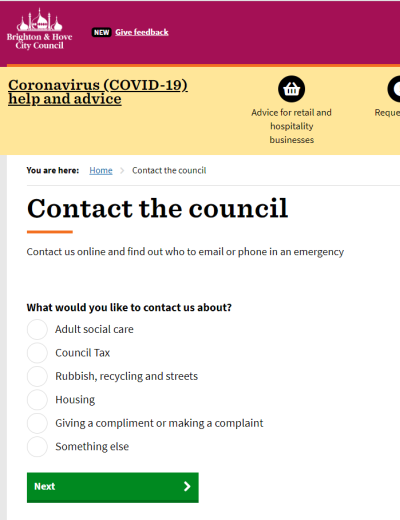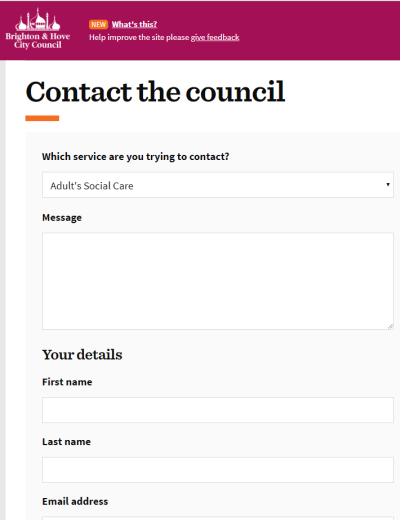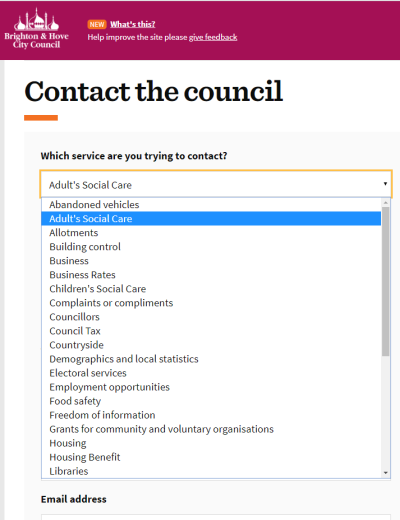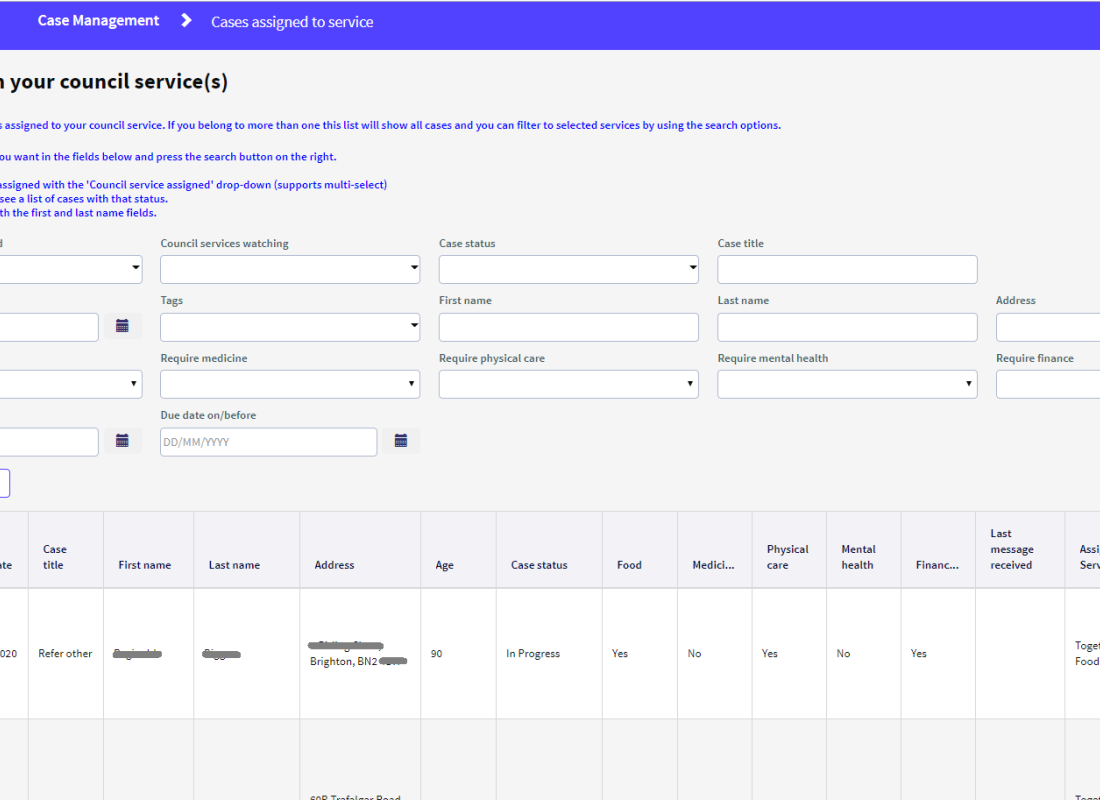Contact Management
A Mendix module built to integrate with multiple forms.
Instead of processing form data as emails in Outlook, Contact Management enables form content to be integrated into a structured database. This provides staff with the ability to assign cases and tasks to other service areas.
The two-way resident to staff communication module, allows staff and residents to communicate as effortlessly as an email, whilst keeping all case contact contained within a single environment.
Key project details
- Built in-house approx cost £30,000
- 4 months to build
- £3 million if we used iCasework



The need to improve customer experience
Resident complaints often reference irritation that contact with the council is frustrating. Emails submitted into the council are often sent to the wrong service area.
There are 100s of customer-facing forms created, maintained and published on the BHCC website. These enable the public to contact the council by filling out pre-determined fields to capture specific information relevant to each specific transaction. However, the vast majority of these forms are submitted into the council as emails. Each team is then responsible for doing something with the email and in most cases that involves copy and pasting the content - either into a service system or into a team spreadsheet. We wanted to create a mechanism for viewing and managing the structured data that is created by filling out the form, without the need for staff to copy and paste. Moreover we wanted a solution that mitigated the current issue of residents filling out the wrong form or emailing the wrong team and staff having to forward emails around the organisation.

A single repository
Creating an operational solution to manage separate transactions.
We investigated the use of procured case management solutions such as iCasework, but concluded that the costs were prohibitively high and the functionality too limited. Instead we built a Mendix Contact Management application. This provides generic case management functionality such as: assigning of cases; creating tasks; enabling two-way contact with customers; changing a case status, etc.
We needed a solution which would provide staff with a consistent environment, whilst at the same time providing flexibility to hold data from 100s of different form designs.
As we’ve got to grips with the system we’ve been able to improve our response times to customers which has really helped to build people’s confidence in contacting us online – again this is something we have been trying to achieve for years!
Pull not push
We have now received requests from services who have already used Contact Management, who want to further incorporate the solution in operational processing.
There was some service resistance at the outset of launching Contact Management as most staff were used to managing customer contact within Outlook. There was a natural resistance to the overhead of changing processes and onboarding staff to a new way of working. However, once services have had the opportunity to use Contact Management they have quickly realised the benefits of having customer contact maintained within a database solution. It allows for easy sorting, filtering, tagging and retrieving information and clearly highlights where effort can be put to most use in service improvements. It has also clearly benefited services and teams who need to work together on customer contact, by ensuring that all relevant staff across the organisation can see contact information for a customer in one place.




